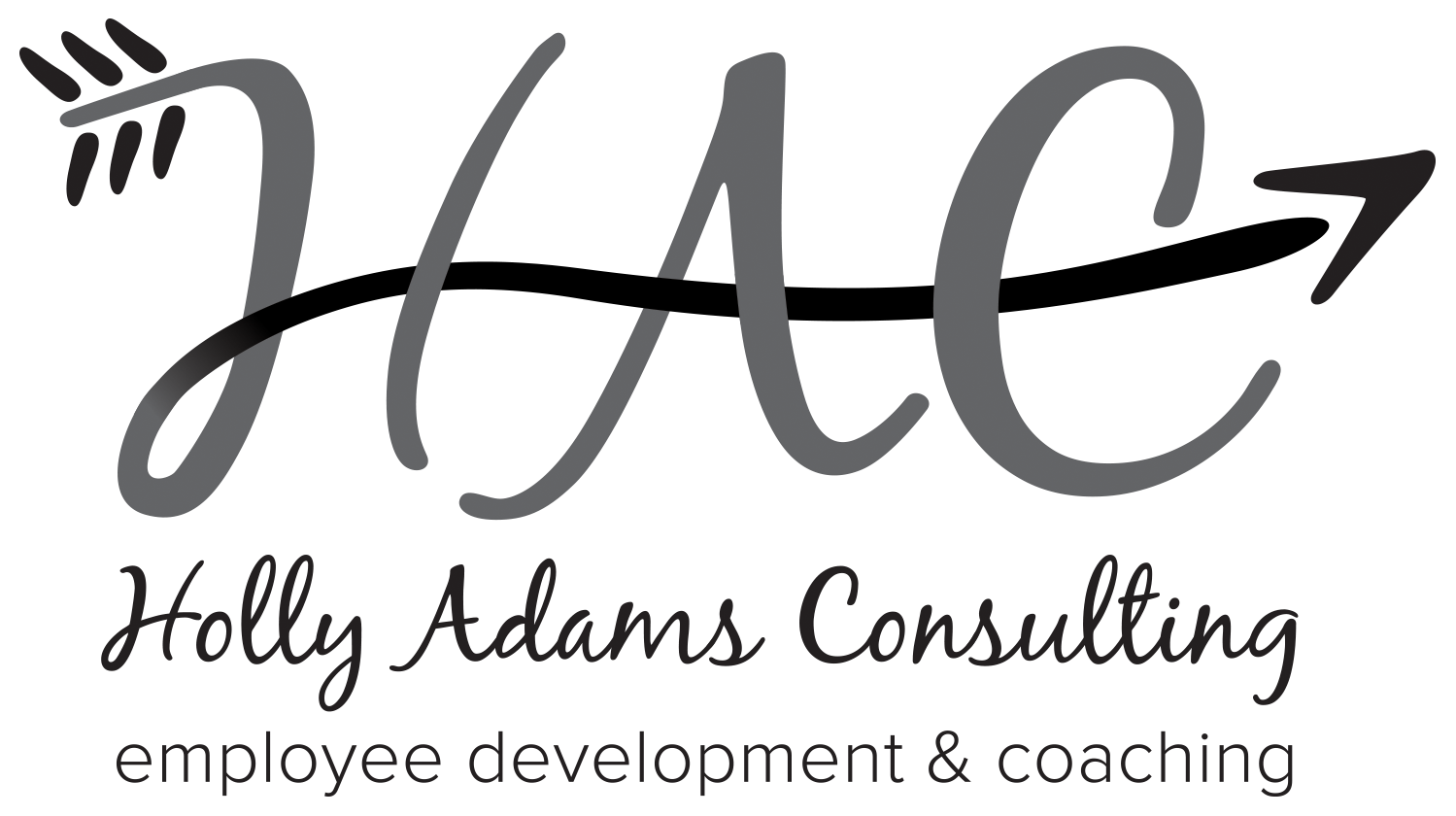By Jennifer Horn-Frasier and Holly Adams
“A lack of grit can come from having less coherent goal structures.” Author Angela Duckworth talks a lot about grit, and the lack of it, in her book Grit: The Power of Passion and Perseverance.
But let’s back up a bit. What’s “grit,” anyway? According to Duckworth, Grit = Passion + Perseverance.
Grit is a tool. In fact, it’s a bit of a multitool, a Swiss Army knife that can be helpful in many different situations.
Like any tool, grit can be misused. For instance, you certainly wouldn’t want to grit yourself up a mountain in dangerous conditions and wind up seriously injured or dead. Similarly, in your work, you don’t want to grit yourself into burnout or bankruptcy.
How do you make sure you’re using the tool of grit to help and not harm? Focus on your goals.
Duckworth uses this diagram to illustrate this point.

Tiered goals; from Grit: The Power of Passion and Perseverance by Angela Duckworth
The low-level goals are more concrete. As we tackle them, they move us on to mid-level goals, which might be more difficult to achieve. Think of low-level goals as the 5K runs a person who wants to take on a marathon takes early in their training, or the omelets and burgers that an apprentice chef creates before moving on to more complex recipes. Strategic grit, at this point, preserves mental energy because you’ve already identified the basic steps you must take to reach bigger goals.
The mid-level goals start to answer the question of “Why?” Why do the low-level goals matter? What skills or opportunities did they create to make the jump to the next level of success? Think of the runner entering a small, local race to practice putting together the basic elements honed in their 5K runs. Think of the chef using the culinary techniques and artistry learned in creating simple plates to test a new recipe that will be spotlighted as the restaurant’s Lunch Special. Mid-level goals serve as milestones at which time performance can be measured and critiqued. Are things working as planned? Are tweaks needed? Is it time to pivot towards a new goal?
The top-level goal is the end goal. It is what the other goals will help us achieve. Think of the runner successfully competing in their first marathon and feeling proud of the medal around their neck. Think of the chef who moves up in the kitchen, finally seeing their practice and effort paying off in recognition and new stature at the restaurant.
When we take a big goal and break it down into smaller goals, we don’t kill ourselves trying to achieve personal greatness in a week’s time. The runner doesn’t get shin splints trying to run too far too soon; the chef doesn’t char an expensive piece of beef and mar the restaurant’s reputation by ruining an influential patron’s dining experience. Instead, there’s a steady build-up in skill and confidence, which ultimately gets us to where we want to go.
Now that’s strategic grit.


